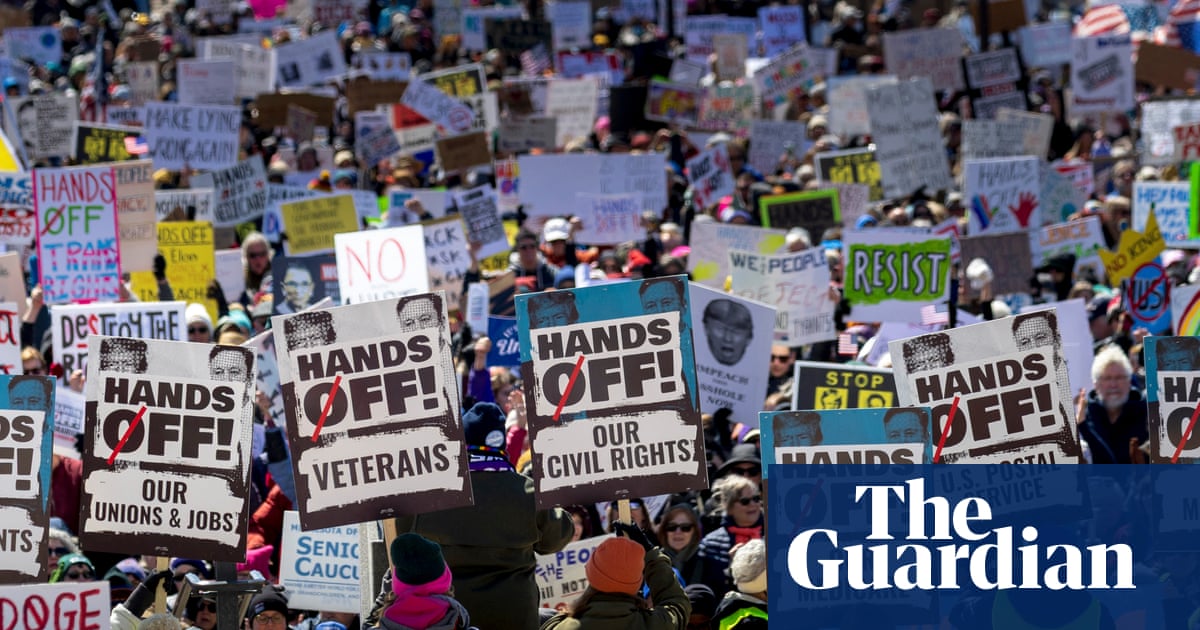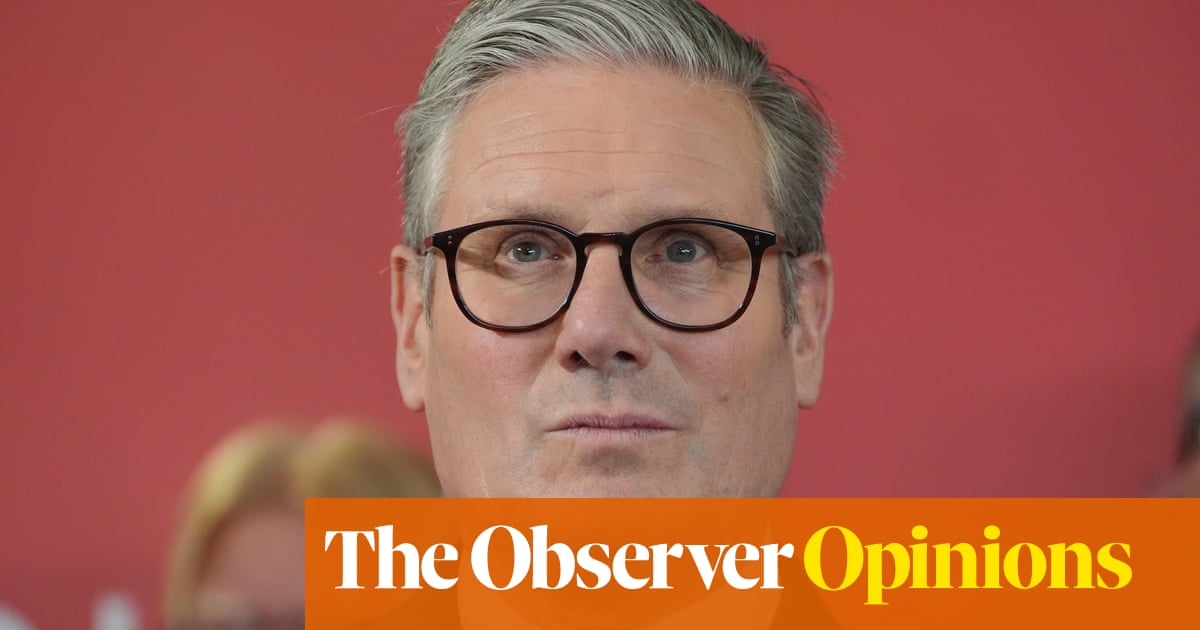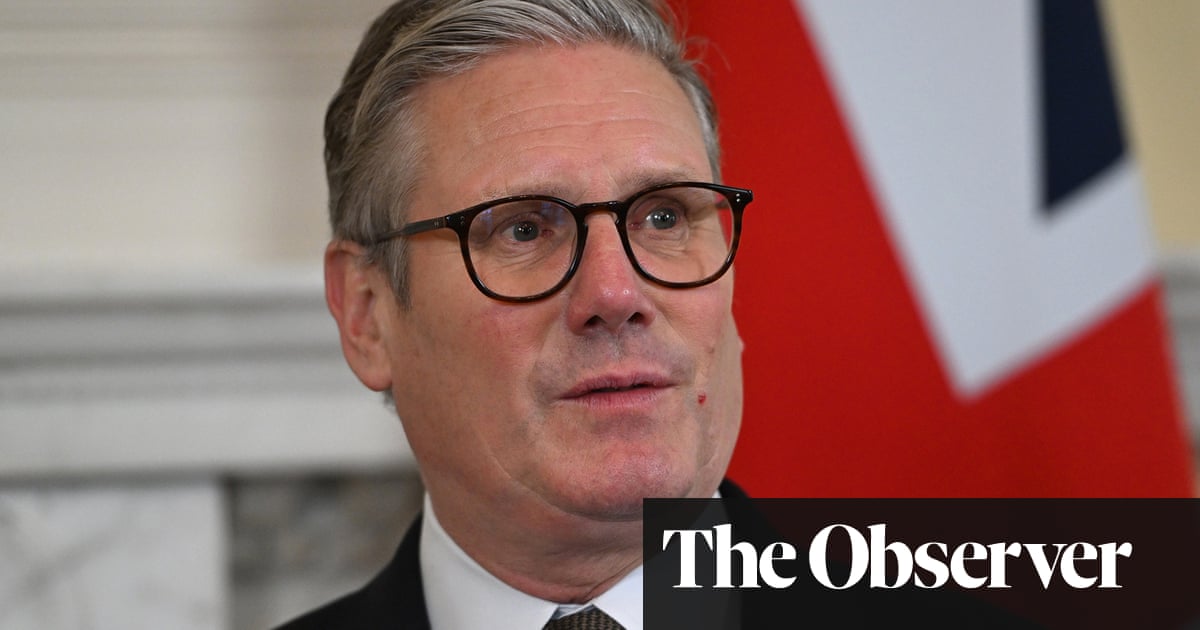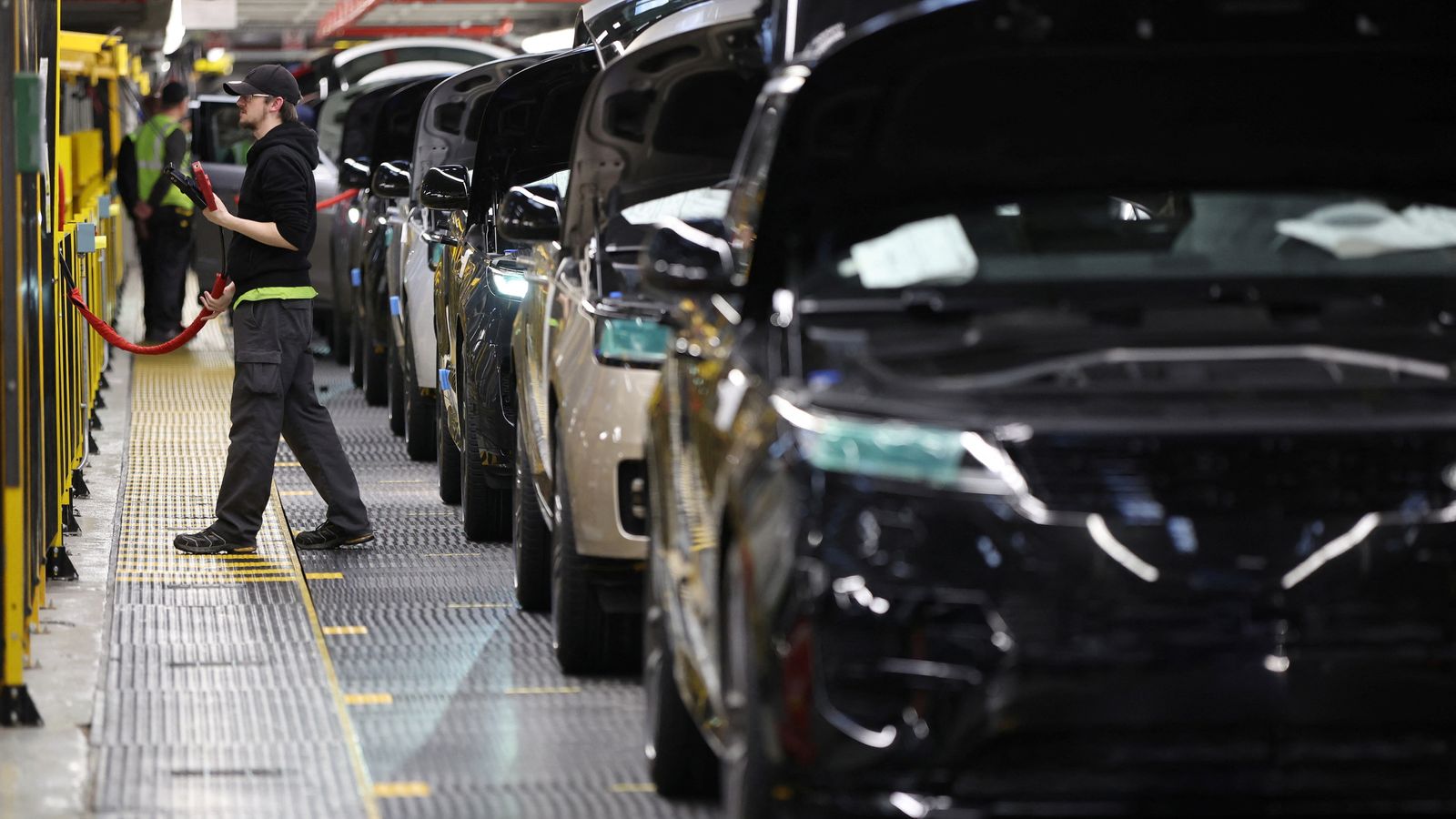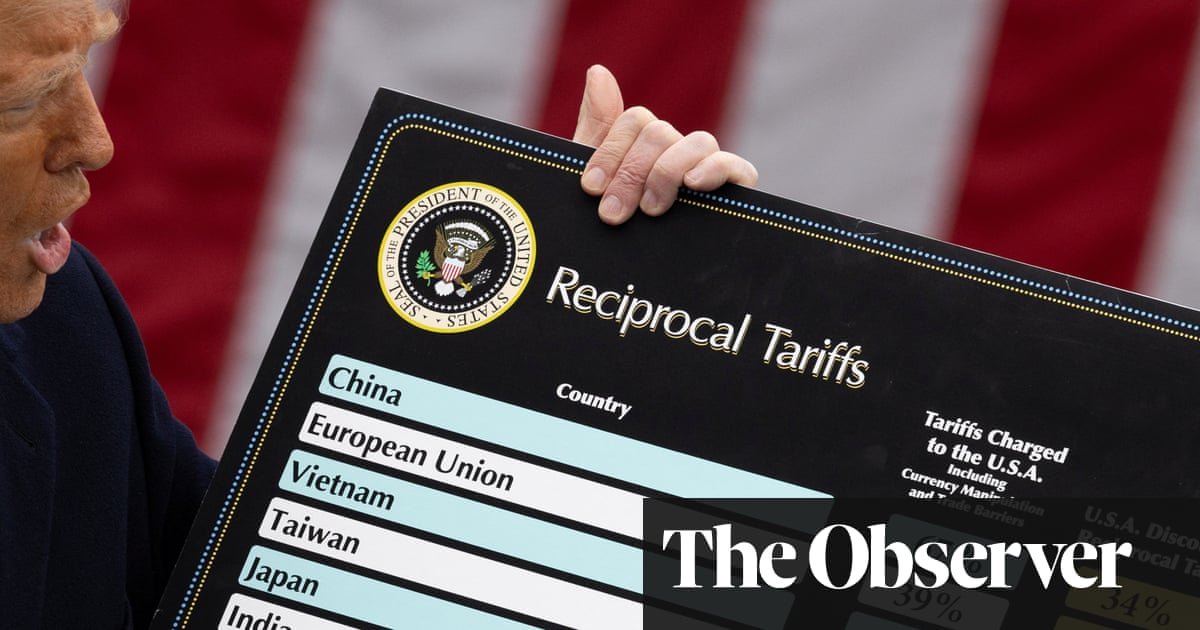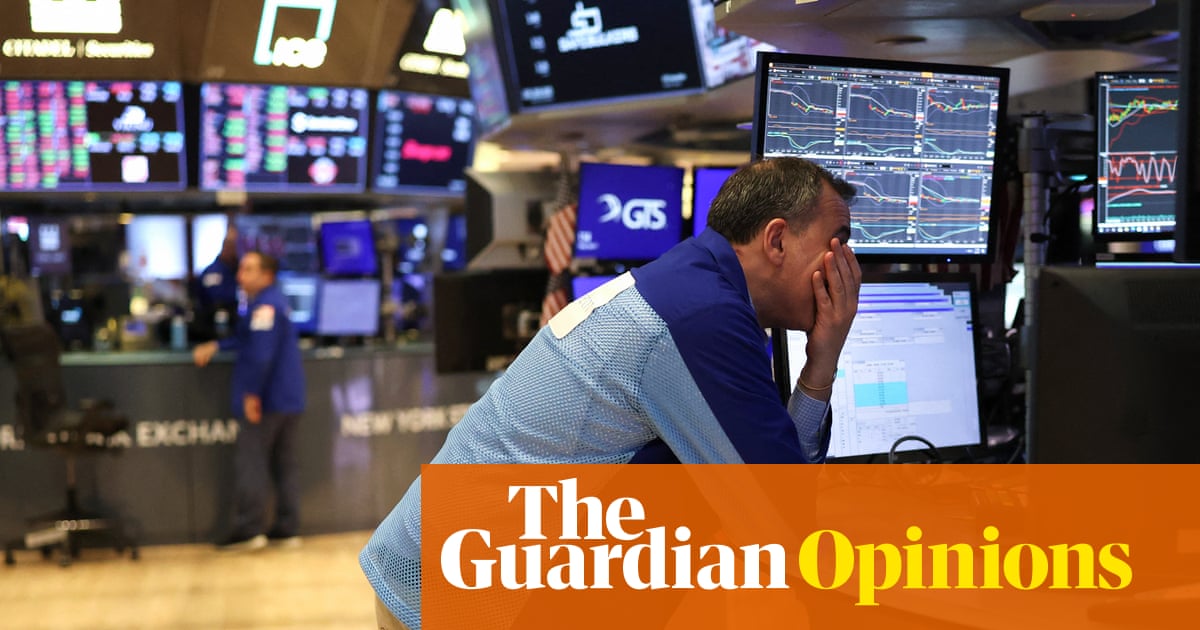
Trump’s ‘Liberation Day’ could mean recession in the US and pain worldwide | Steven Greenhouse
With the huge and painful tariffs that Donald Trump announced on Thursday, “Tariff Man” is acting like a paranoid 12-year-old bully who is convinced that everyone has wronged him, and he wants revenge. But the president’s instrument of revenge – massive tariffs – is going to do serious damage to the US and global economies. Stock market investors are convinced that’s the case, with Wall Street and world stock markets losing trillions of dollars in value in recent days as a result of Trump’s obsession.
The president has escalated his risky, vengeful trade war even though the US economy was in strong shape when he took office – the jobless rate was just 4.1%, inflation was below 3% and US economic growth was the strongest in the industrial world, with its stock market at record levels. So it’s unclear whether the US economy needed the shock treatment that Trump is inflicting. The price increases resulting from his tariffs – which are a tax on imports – will cost the average American family $3,800 a year, according to the Budget Lab at Yale.
Trump is right that the number of manufacturing jobs is down substantially from decades ago, and he is intent on getting that number back up. But he’s taking a very high-stakes bet that he can significantly increase the number of factory jobs, even as many economists say the horses have left that barn, and it is too late or will be too painful to do much about it. In 1979, the US had a record 19.5m factory jobs. That number fell to 17m in 2001 and to 12.7m today (having risen by 600,000 during Joe Biden’s presidency).
Trump’s new tariffs result from a combination of impulsiveness, impetuousness and ignorance, although some economists say that idiocy and economic illiteracy also play a big part. Paul Krugman says that Trump’s tariffs reflect the “whims of a mad king”, adding that the administration’s case for tariffs is “completely incoherent”, as it insists that the tariffs won’t raise prices but will still raise hundreds of billions of dollars in revenue.
The tariffs that Trump announced on Thursday are staggering – 50% on tiny Lesotho, 49% on Cambodia, 46% on Vietnam, 34% on China, 32% on Taiwan, 24% on Japan and 20% on European Union countries. These percentages were arrived at not by careful, probing analysis that took months, but by some slapdash, Keystone Kops math.
It would be generous to say it’s the one-eyed leading the blind. Rather, it’s an economically blind, impetuous president leading a mum, intimidated Republican-controlled Congress. One of the tragedies here is that many congressional Republicans see the grievous damage Trump is doing, but they’re too craven to speak out and risk Trump’s and Elon Musk’s social media wrath.
Mark Zandi, the chief economist at Moody’s Analytics, is predicting disaster. He says that as a result of Trump’s tariffs a recession “will hit imminently and extend until next year”. Zandi says that economic growth could fall by 2 percentage points, while the jobless rate could leap to a very painful 7.5%. On Friday, the Federal Reserve chair, Jerome Powell, also sounded the alarm, saying that Trump’s tariffs could cause even slower economic growth and higher inflation than originally expected.
With Trump’s 50% tariff rate on Lesotho, 46% on Vietnam and 37% on Bangladesh, those countries – with their export-dependent apparel industries – will suffer terribly. There will be huge layoffs and no doubt an increase in hunger and immiseration – just as Trump-Musk’s tremendous foreign aid cuts at USAID have already resulted in increased hunger and deaths. And one has to wonder: by pummeling poor, apparel-producing countries such as Lesotho, Cambodia, Vietnam and Bangladesh, what is Trump trying to achieve? Does he want to bring back to the US low-paying, garment-industry jobs making jeans and sneakers?
Carefully crafted tariffs can be helpful. They can be used to help build important industries or prevent the wholesale destruction of industries due to other countries’ bad behavior, like China’s improperly subsidizing its industries or dumping goods on the world market far below the cost of production. Unfortunately, Trump’s so-called “liberation day” tariffs are not a scalpel designed to help specific industries, but rather a blunderbuss mess, hitting everyone and everything, including US consumers and industries. Let’s not forget that the tariffs will raise costs at many US manufacturers and make them less competitive by, for instance, greatly increasing the price of imported steel and auto parts.
The tariffs that Trump is imposing are even greater than the infamous Smoot-Hawley tariffs, which are widely seen as having worsened the Great Depression. Krugman noted that Trump’s tariffs could also do serious damage because “imports as a share of the [US] economy are three times what they were in the 1920s”.
Even if Trump’s tariffs were to do what he hopes – create another million or two factory jobs – the cost would be immense. A recession. Millions of families hurt by higher prices. Trillions and trillions in lost stock market value. Far worse relations with our close allies and other countries. Opening the door to Trump’s adversary, China, significantly improving its trade and economic relations with other countries. Plus, a severe economic shock to many poorer nations.
And it’s not at all certain that Trump’s tariffs will create a million or more manufacturing jobs: US economic growth and jobs will be hurt by a possible tariff-induced recession, trade retaliation from other countries, a long-term loss of markets as traditional trading partners turn away from the US, and a possible long-term decline in US industrial competitiveness as tariff protections enable inefficient companies to succeed.
after newsletter promotion
Trump’s big hope is that corporations will build new factories and create more factory jobs in the US, but corporate executives won’t do that unless they’re convinced that there’s economic stability and predictability. They’re not blind to how capricious and unpredictable Trump is, and they know that he loves to play master dealmaker and win concessions from other countries and then immediately slash their tariffs. Trump’s team says these tariffs will be here for the long haul, but can corporate CEOs count on those claims when they’re deciding to spend $400m on a new factory?
In announcing his huge new tariffs last Thursday, Trump proclaimed: “April 2, 2025 will forever be remembered as the day American industry was reborn, the day America’s destiny was reclaimed, and the day that we began to make America wealthy again.” As usual, Trump failed to note some extremely important things.
Although he won’t admit it, the US is already very wealthy. If he were truly serious about fixing the economy and making it fairer, he wouldn’t be rushing to give massive tax cuts to the ultra-rich and sparking fears of vast cuts Medicaid and food stamps that struggling American families rely on.
What Trump and his team will never admit is that 2 April 2025 may for ever be remembered as the day the US economy took a grievous, Trump-induced tumble toward recession and higher prices. And not that Trump cares, but 2 April 2025 may also be remembered overseas for creating tremendous pain for struggling workers from Bangladesh to Lesotho to Honduras.




